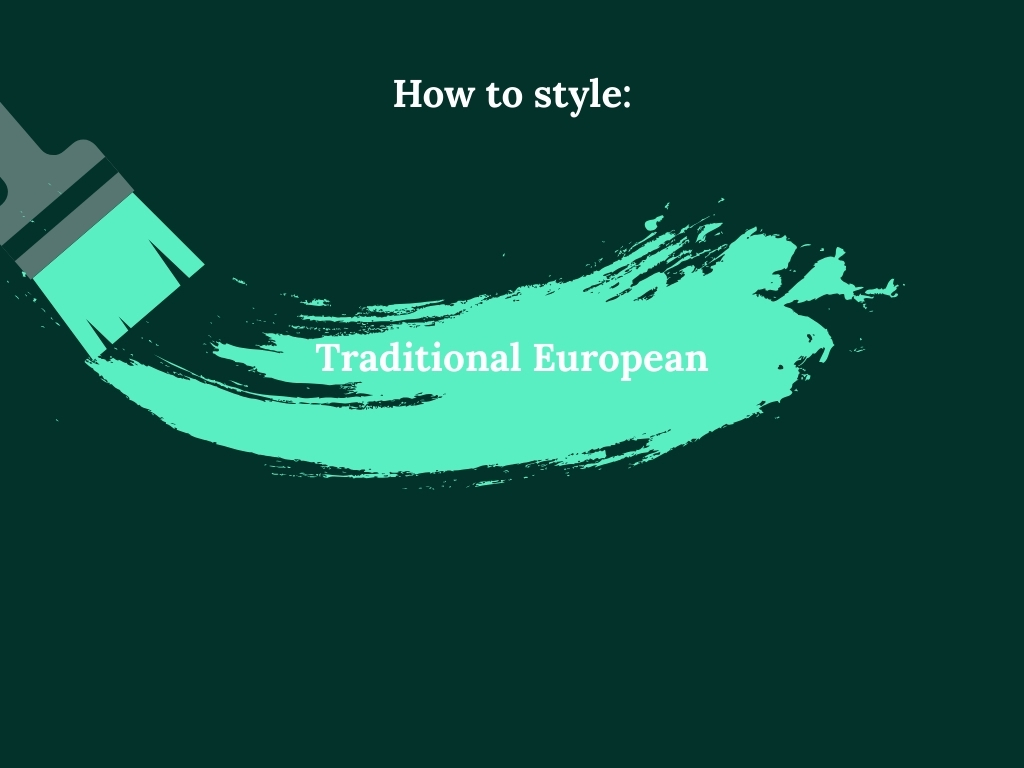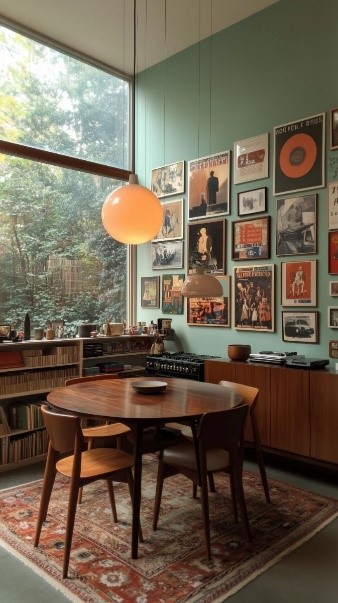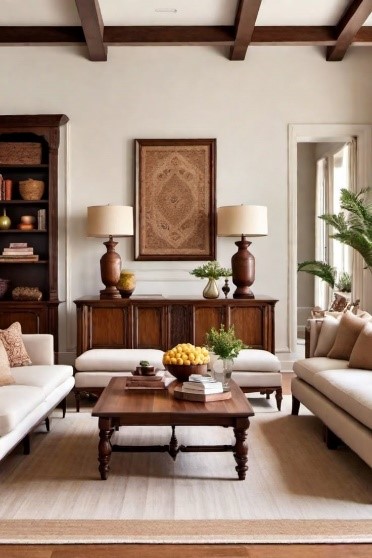
How to achieve a Traditional European style in your home
Discover the elegance of traditional European interior design. Learn how to create timeless interiors with natural materials, layered textiles and classic decorative details.

Discover the elegance of traditional European interior design. Learn how to create timeless interiors with natural materials, layered textiles and classic decorative details.
When decorating a home, there are some designs that you can't avoid. Traditional European interior design is one of them; most people will have things in their home that are inspired by the look of classic European interior design.
The natural look is central to the traditional European style; dark woods and exposed beams are the pillars of what makes a space feel classically European.
A downside to this style is that a lot of it hinges on the building of the property; high ceilings and open spaces are often what make a space feel classically European. This isn't achievable for a lot of people who are looking to decorate a new home or decorate their current one. However, there are other things you can do to have your space feel classically European.
The classically European interior design takes inspiration from different regions and eras of Europe, such as French provincial and Italian Renaissance or English country house influence.
Here's how to achieve this timeless look in your own home.
- Dark woods
- High ceilings
- Open spaces
- Task lighting
The European look can be achieved in the furniture, look, and layout. Investing in simple but functional furniture that has a warm, muted colour palette leans into the style.
The layout of European homes often fosters connection and community in a space, with sofas facing each other rather than a central focal point like a television.
Layered tiles are seen as very European and can be a good addition to your space. Using things like curtains, throws and blankets and rugs in a space to give some dimension to the space.
As above are some examples of the European design choices. It's intentional and has a lot of symmetrical design choices.

Lighting a classical European space can greatly enhance the room and allow you to craft the atmosphere through the warmth and placement of the lighting. Many European-style homes feature layered lighting to evoke an older, more traditional look and feel. Chandeliers and grand ceiling fixtures are commonly found in these homes.
In addition to these more ornate fittings, there is often ample layered lighting throughout a classically European residence. Wall lights and floor lamps used as task lighting help create a warm, inviting atmosphere that feels timeless.

The final step in creating a classically European space is in the details. Decorative accents add warmth and character, transforming a room from simply styled to truly lived in. Ornate mirrors, framed artwork, and ceramics are common features that bring in a sense of tradition. Rugs with intricate patterns, such as Persian or Aubusson styles, are another way to ground a space and introduce both texture and colour.
Textiles play an important role here too. Fabrics like velvet, brocade and linen add depth and richness to a room, while embroidered cushions or heavy drapes can enhance the old-world atmosphere. Subtle touches of gilding on picture frames, light fittings, or even furniture edges are also typical of European interiors and provide a hint of elegance.
Symmetry is key when arranging decorative elements. A pair of table lamps, a matching set of vases, or balanced arrangements of chairs and side tables all reinforce the harmonious feel of traditional European design. These finishing touches ensure the space feels intentional, timeless, and complete.
Traditional European interior design is all about balance, harmony and a sense of timeless comfort. By focusing on natural materials, considered layouts, layered textiles, thoughtful lighting and well-chosen decorative accents, you can bring the elegance of this classic style into any home.
Even without grand architectural features, small details like muted colours, rich fabrics and symmetrical arrangements can help create the feeling of a warm and welcoming European-inspired space.
To find your perfect home, speak to one of our estate agents today at: 0800 779 7791
Or
Email: hello@estatio.co.uk